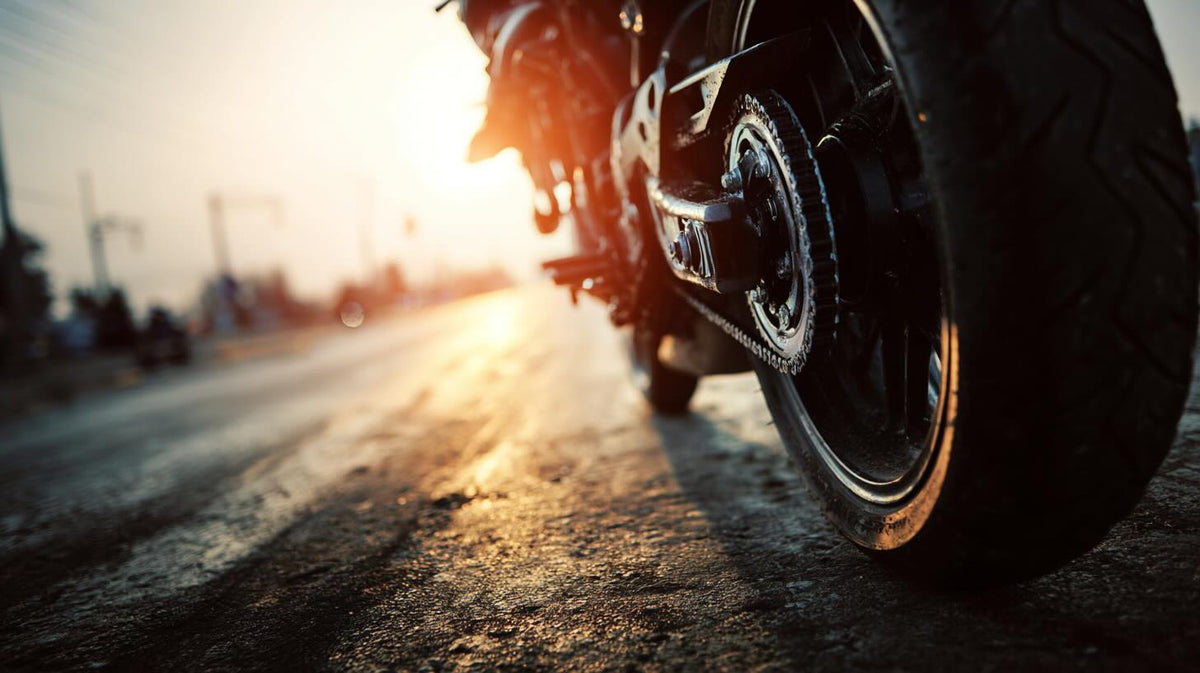
Tire Pressure Across Every Ride: What You Need to Know
|
|
Time to read 4 min
|
|
Time to read 4 min
From bicycles to motorcycles to cars, one constant remains: tire pressure matters. Whether you’re riding through city streets or cruising along open highways, the air in your tires is quietly shaping your safety, efficiency, and comfort.
At Woowind, we believe in empowering every kind of rider—commuters, families, adventurers—with knowledge and tools that make every journey smoother. That’s why this post brings together the most essential tire pressure insights across categories, from casual bikers to everyday drivers.
Table of contents
Tire pressure isn’t just a technical detail—it’s foundational to how your vehicle behaves. Proper PSI (pounds per square inch) ensures:
Safety: Underinflated tires are more likely to overheat or blow out. Overinflated tires reduce traction.
Performance: The right PSI means optimal grip, smooth handling, and braking you can count on.
Efficiency: Low pressure creates rolling resistance, making your car burn more fuel or your legs work harder on a bike.
Whether you’re navigating mountain curves on a motorcycle or zipping across town on a bike, correct pressure is your hidden safety feature.
There’s no one-size-fits-all answer—but there is a logic behind every number.
Bicycles: Road bikes need 80–130 PSI. Mountain bikes use 25–35 PSI. The wider the tire, the lower the PSI. Rider weight and terrain also affect ideal pressure. See our guide on what PSI your bike tires should be for deeper insights.
Cars: Most sedans and crossovers recommend 32–35 PSI. You’ll find your specific value on a sticker inside the driver’s door. Learn more in this guide to car tire PSI .
Motorcycles: Front tires are often 28–32 PSI; rears, slightly higher. Tire make, load, and riding style all factor in. For road trips or sport use, see our advice on managing tire pressure during long-distance travel .
Manual pencil-style gauges have been around for decades, but they can be hard to read and vary in accuracy. In contrast:
Digital gauges give clear, precise readings—especially in low light.
Built-in smart inflators like Woowind’s models combine pressure checks and inflation into one compact, rechargeable unit.
Consistency is key: whatever tool you choose, stick with it. Don’t switch between gauges, as readings can vary slightly.
Explore our full line of smart, digital bike air pumps , motorbike air pumps , and car air pumps to find the right fit.
Tire pressure naturally fluctuates with temperature. Here’s what to expect:
Cold weather: Pressure drops. For every 10°F decrease, tires lose about 1 PSI.
Hot weather: Pressure rises. Driving heats the air inside, temporarily increasing PSI.
That’s why it’s important to check your pressure monthly, and always when tires are cold. Don’t adjust based on post-drive readings—wait until the vehicle or bike has cooled.
Pro tip: seasonal shifts are the perfect time to inspect tires for cracks, tread wear, or slow leaks.
Leaks and blowouts are more preventable than they seem—if you keep these habits:
Inspect valve stems: Dirt or age can compromise the seal. Replace if cracked.
Check tire condition: Look for nails, bubbles, or uneven tread wear.
Avoid curbs and potholes: Hard impacts can damage tire walls or cause rim leaks.
Inflate properly: Underinflation causes more flex and heat; overinflation stresses the center tread.
In case of a blowout, don’t panic. Grip the wheel, ease off the accelerator, and steer to safety. For motorcyclists, avoid braking hard—gradual deceleration is safer.
At Woowind, we’ve designed smart inflators for every kind of rider and road. Whether you’re on two wheels or four, our pumps are:
Accurate: Digital PSI displays and auto shut-off remove the guesswork.
Portable: Lightweight and compact—easy to stash in your trunk, pannier, or backpack.
Versatile: Includes adapters for bikes, cars, motorcycles, and more.
Reliable: Backed by a 2-year warranty and over 100 patented innovations.
Check the tire sidewall or the sticker inside your car’s driver-side door. For bicycles and motorcycles, refer to the user manual or manufacturer’s website. Adjust based on rider weight and terrain if needed.
Check tire pressure at least once a month, and always before long trips. Also check after major temperature swings—cold weather can lower PSI, while heat can raise it.
Air expands when heated and contracts when cooled. For every 10°F drop in temperature, tire pressure typically falls by 1 PSI. That’s why seasonal checks are so important.
Yes, but only within the maximum PSI listed on the tire’s sidewall. For heavily loaded vehicles or motorcycles, a small PSI increase may help stability—but never exceed the tire’s limit.
Digital inflators are more precise, easier to read, and often include auto shut-off functions. They also combine inflation and pressure checking in one device—ideal for everyday use.
We don’t just make pumps—we build peace of mind. You don’t need to be a mechanic to feel confident about your ride. You just need the right tool in your corner.